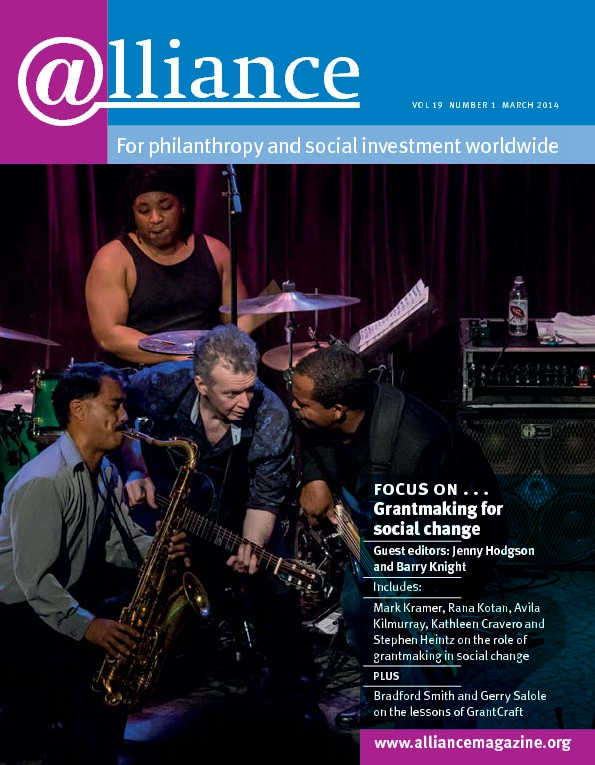The annual conference of the Social Impact Analyst Association (SIAA) took place in Paris on 10 December. SIAA was founded in 2011 to ‘build an active international community of social impact analysts’. The conference theme, which attracted over 100 participants, was ‘Beyond Measurement’: Analysts should not measure impact for its own sake but integrate it in a larger process, so that organizations can improve their work.
 ‘Impact’ can have many definitions. The following one identifies clearly the key components: ‘a set of significant and long-term changes – whether positive or negative, expected or not – that were caused directly or indirectly by an action.’ I do not have the space to go into more technical terms, but I will say that when we speak of impact measurement, in most cases we are really talking about tools that help measure the quality of a project in a given time period, but not its long-term effects. One of the reasons is that we need to distinguish between contribution and attribution: through the various projects that they implement, organizations contribute (in the best-case scenario) to improving the condition of beneficiaries. However, there are many other factors that can cause change, and the project will only be one of those factors.
‘Impact’ can have many definitions. The following one identifies clearly the key components: ‘a set of significant and long-term changes – whether positive or negative, expected or not – that were caused directly or indirectly by an action.’ I do not have the space to go into more technical terms, but I will say that when we speak of impact measurement, in most cases we are really talking about tools that help measure the quality of a project in a given time period, but not its long-term effects. One of the reasons is that we need to distinguish between contribution and attribution: through the various projects that they implement, organizations contribute (in the best-case scenario) to improving the condition of beneficiaries. However, there are many other factors that can cause change, and the project will only be one of those factors.
That being said, it makes sense to go beyond sheer impact measurement, but the real question is: how do we define ‘beyond’? Where does impact measurement take us? According to various points of view, it could be heaven or hell.
The road to the hell of impact measurement is paved with good intentions. There are numerous tools and attempts to standardize measurement. Each tool strives to ease the work of donors and organizations. The Foundation Center has thus developed a database that includes over 150 tools. Each of them has its apostles who belong to a specific parish.
Subscribe now from only £45 a year!
This article is only available for our subscribers
Existing users can login here




